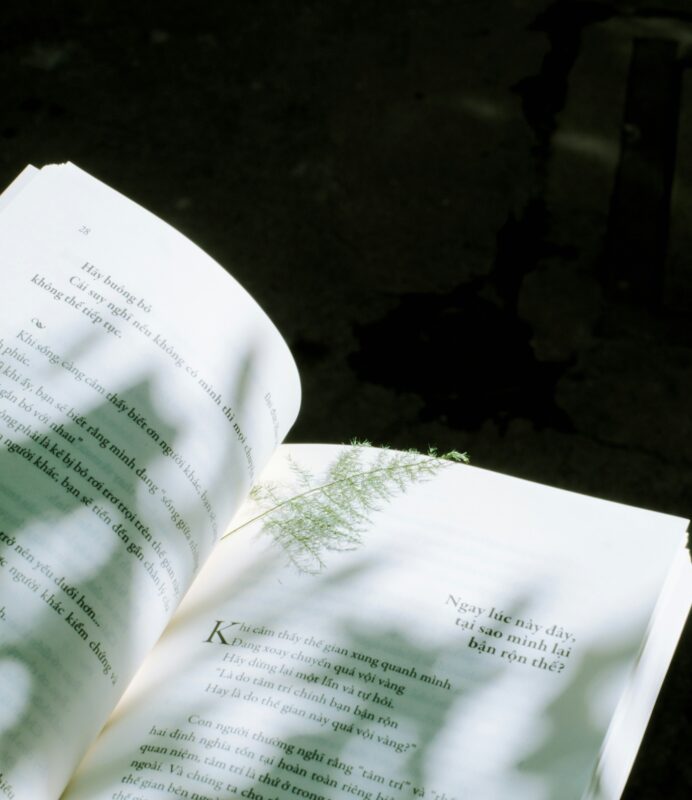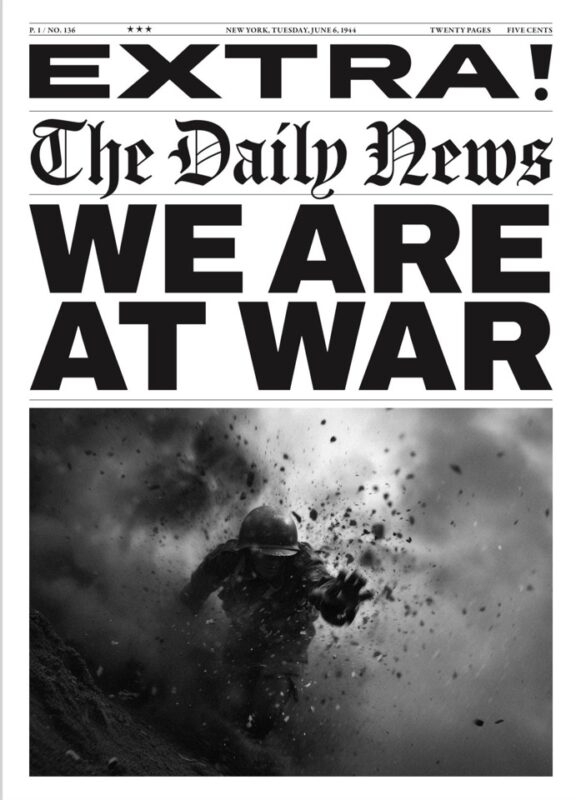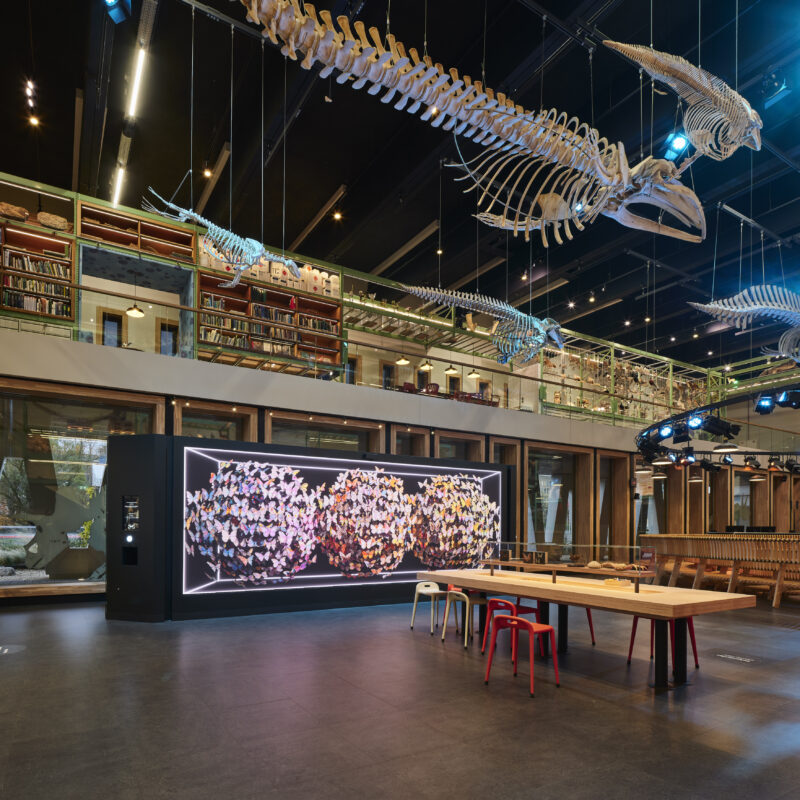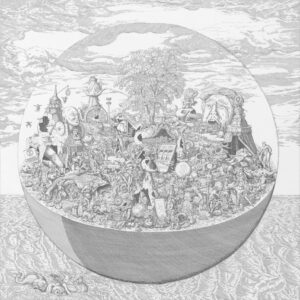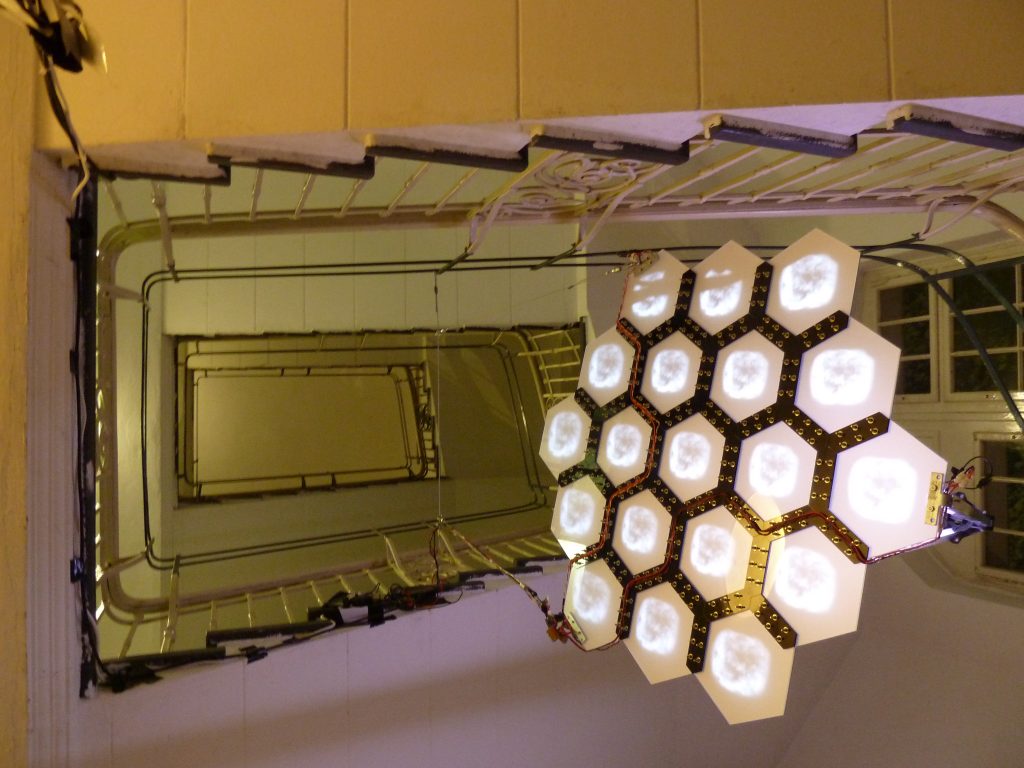
While London was busy courting the traditional art world at Frieze, Berlin celebrated the artists, hackers, makers and producers of the digital age at Retune Festival. Held on the 6th-8th October in Berlin, the event brought together an international crowd of 60+ artists and creatives working at the intersection of art, design and technology in a former school in Berlin Kreuzberg to transform it into a playground of the future. In its fourth edition, the core question at the heart of the festival was how is technology shaping our society and how do artists and creative producers address this question? The festival directors Julian Adenauer and Jasmin Grimm packed an intense 100+ events into just three days, tackling four main themes of exploring storytelling in virtual reality, expanding creative expression with artificial intelligence, extending bodies and senses and creative production.
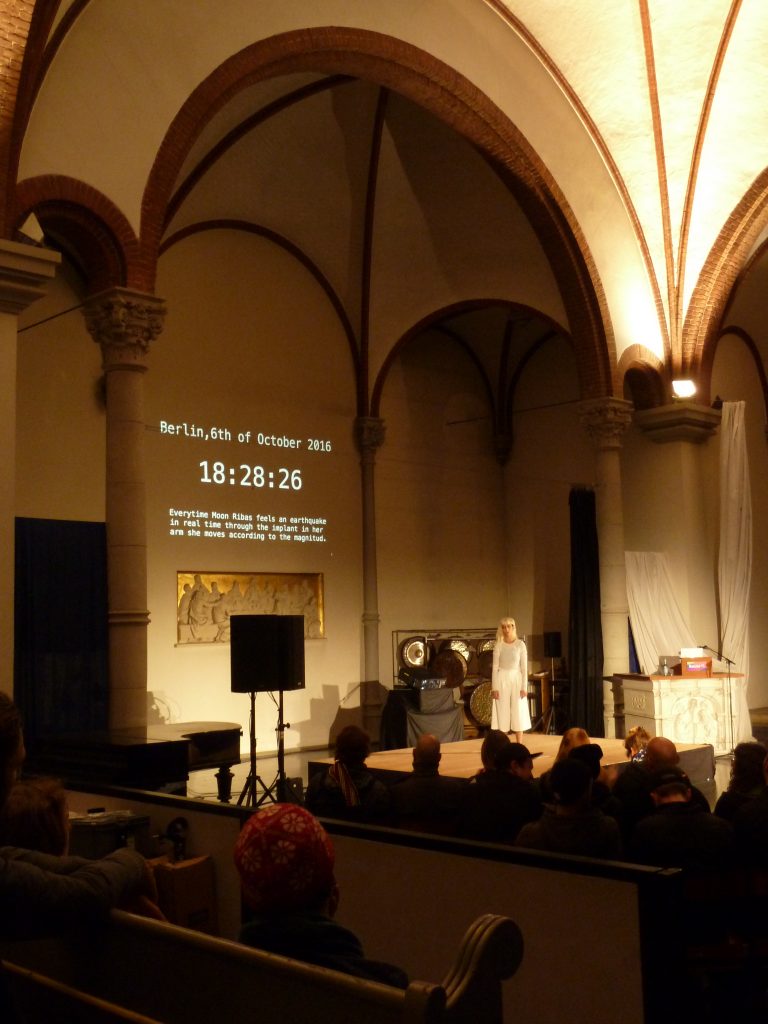
Retune opened on Thursday in the historical Martha Church, providing a perfectly grand backdrop for the performance of Moon Ribas, a Catalan avant-garde artist and self-described cyborg. Moon stood still on stage until she sensed an earthquake through a seismic sensor implanted in her arm, at which point she danced according to its rhythm and magnitude. In addition to Moon, the highlights of the opening night included the “Tripods One”performance from Sonic Robots, a futuristic robotic sound sculpture turned music robot. Some catchy electronic beats there!
The next two days of the festival were a pleasantly chaotic frenzy of workshops, talks, performances, installations, all designed to educate, engage and stimulate debate about the impact and the future of technology in the creative industries and beyond. Involved as an artist in the Neuronal Creation track myself, I spent the days learning about how other artists applied the methods of artificial intelligence to text, music, image and video in their work. The rooms were packed, and rightly so – Julian Adenauer and Jasmin Grimm invited the very people you’d dream of meeting at an event focussed on the creative uses of artificial intelligence, even if it meant that the speakers came from halfway across the world. Ross Goodwin was one of them, flying in from New York to talk about his experience creating an AI scriptwriter for the short film “Sunspring” and exploring the capabilities of artificial intelligence for language processing and film production (and yes, Sunspring is worth a watch for its eccentricities alone!).
For an art, design and technology festival, there were only a handful of stationary artworks on view, but that was in line with the programme directors’ vision to engage the audience with interactive performances, workshops and debates. The artworks included Ryoichi Kurokawa’s 10 phases of stellar formation in “[unfold.alt]”, Dries Depoorter’s “Deep Drake Dream” rap text generator and Marcel Schwittlick and Ramin Soleymani’s “Electronic Chaos Oracle”, perhaps my favourite. Two old school screens, green text and a keyboard. Type in a question and after seconds of philosophical thinking, the oracle returns a humorous gif in the upper screen. If all life predictions were that simple!

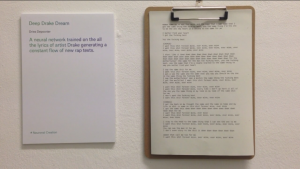
To close the festival, the organisers hosted panel discussions between the artists and audience to sum up each of the four themes. In the room dedicated to Neuronal Creation, I joined Memo Akten, Gene Kogan, Mario Klingemann and Ross Goodwin to debate the creative potential of machines, singularity and power structures. It is precisely discussions such as these that moved the Retune Festival from an algo-filled party for the hipster geeks to a multidisciplinary open forum for debate, collaboration and meditation on the effect of the latest technologies not just on individual artistic practice, but on the society at large.

